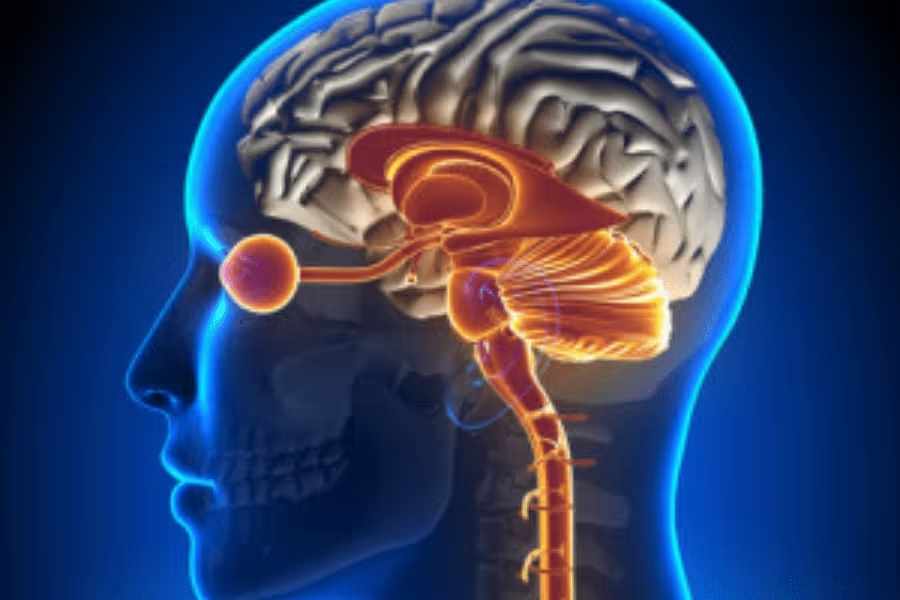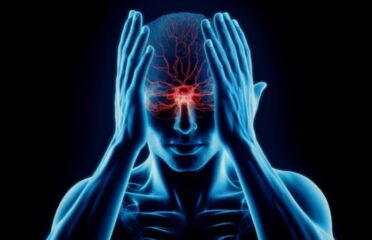Apraxia
Overview of Apraxia

Apraxia, a neurological disorder, hinders specific movements despite normal muscle function, understanding, and intention.
Caused by brain damage, it disrupts the formulation and transmission of instructions to the body.
The Impact varies by apraxia type, influencing motor skills and daily functioning.
Distinguishing types aid in understanding individual challenges and guide tailored approaches for managing this intricate neurological condition.
Apraxia Symptoms
• Symptoms of apraxia vary depending on the type and may include difficulties with:
• Facial movements, such as coughing or winking.
• Precise motions involving fingers, arms, or legs.
• Using specific tools for designated tasks.
• Eye movements and tracking.
• Performing complex activities like brushing teeth or tying shoelaces, imitating simple drawings, or replicating movements with the head, arms, or legs.
Causes & Risks
• Apraxia arises when specific brain regions, particularly the parietal lobe, undergo dysfunction due to diseases or brain damage impacting memory areas for learned tasks.
• Causes of apraxia include head trauma, stroke, dementia, and brain tumors.
• Childhood apraxia of speech lacks a definitive cause, with scientists proposing signaling issues between the brain and speech muscles.
• Ongoing research endeavors to identify brain abnormalities associated with apraxia and explores potential genetic factors.
• Studies aim to pinpoint specific brain regions linked to apraxia, contributing to a deeper understanding of its origins.
• These insights from research may pave the way for developing more effective treatments for apraxia in the future.
Test & Diagnosis
Tests utilized in diagnosing apraxia may include:
• Medical Assessment: Your doctor will observe your performance of learned tasks like brushing your teeth, assessing physical symptoms related to muscles or joints.
• Inquiries with family members provide additional insights into your daily activities and capabilities.
• Neuropsychologic Tests: Assessing brain function involves tests focusing on problem-solving, memory, language, attention, and processing to evaluate cognitive abilities.
• Imaging Procedures: If brain damage is suspected as the cause of apraxia, imaging tests like CT scans or MRIs are conducted to determine the extent and location of the damage, aiding in a comprehensive diagnosis.
Apraxia Treatment
• While there's no specific cure for apraxia, symptoms can be managed through physical, speech, or occupational therapy, enhancing daily functioning.
• Treatment may also target underlying conditions contributing to apraxia.
• Acquired apraxia may spontaneously improve in certain cases.
• Childhood apraxia of speech necessitates speech-language therapy for improvement.
• Regular sessions with a speech-language pathologist, typically three to five times a week, are beneficial for most children.
• Collaborative efforts with parents for skill practice are integral for tailored treatment and optimal outcomes.
Living With
Considerations for individuals and families grappling with apraxia include prioritizing speech-language therapy led by qualified healthcare professionals. The therapy targets enhancing speech motor planning, coordination, and sound production clarity.
Consistent practice of recommended exercises reinforces motor patterns, gradually improving speech. Support and patience from family, friends, and educators play a crucial role, in boosting self-esteem and motivation.
For severe cases, alternative communication methods like sign language or AAC devices can aid expression. Engaging in social activities fosters confidence, while education and advocacy help create inclusive environments.
Seeking emotional support and exploring assistive technologies contribute to managing challenges. Celebrating even small communication improvements maintains positivity and motivation.
Complications
• Apraxia lacks a specific cure but can be managed through physical, speech, or occupational therapy, improving daily functioning.
• Treatment may target underlying conditions contributing to apraxia.
• Acquired apraxia may improve spontaneously in some cases.
• Childhood apraxia of speech requires speech-language therapy for improvement.
• Regular sessions with a speech-language pathologist, typically three to five times a week, are beneficial for most children.
• Collaborative efforts with parents for skill practice are essential for tailored treatment and optimal outcomes.

The Content is not intended to be a substitute for professional medical advice, diagnosis, or treatment. Always seek the advice of your physician or other qualified health provider with any questions you may have regarding a medical condition.
Know more about
Our Healthcare Planner
Three fundamental values we can assure you:
1. Personalized Healthcare.
2. Most advanced robotic therapies
3. Transparent pricing





